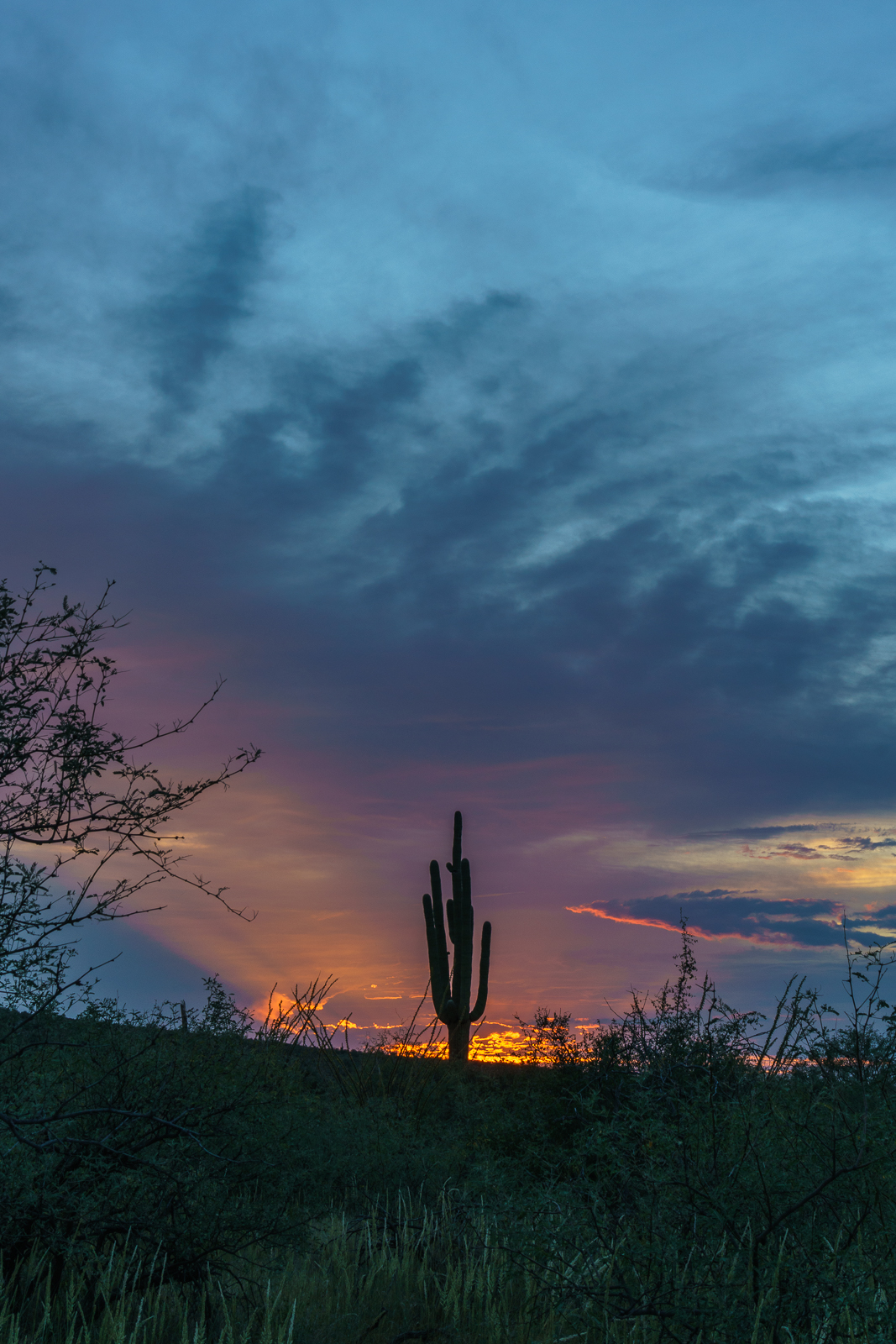
Campo Bonito
Background – Islands in the Desert (p. 131):
Any history of mining has several inherent problems. For one thing the usual practice of relying upon relying upon contemporary or primary sources turns topsy-turvy. Such sources are often suspect, since mine owners and other interested parties deliberately sought to enhance the value of their properties, promoting them to raise capital for their development or to attract a purchaser.
Origin of the name – Look to the Mountains, An in-depth look into the lives and times of the people who shaped the history of the Catalina Mountains (p.28):
[Doctor Scudder] had dreams of a chicken ranch. By looking in a Spanish dictionary, he came up with a name for the beautiful area. “Listen! Campo Bonito. Did you ever hear anything equal to that?”
Origin of the fame – Look to the Mountains, An in-depth look into the lives and times of the people who shaped the history of the Catalina Mountains (p.28):
Later Captain Burgess sold mining claims to the well known scout, William F. Cody, better known as Buffalo Bill. Cody’s fame was well earned, but not for his sound investiments. Perhaps Burgess knew this and took advantage of his old friend.
Camp Bonito never produced the fortune that Cody hoped for – not a unique, or even uncommon, story – this concise summary from Islands in the Desert (p.132) seems relevant:
another fact of frontier life, which was that profits were most commonly sought through buying and selling mining properties, rather than by developing them.

The High Jinks was another Cody mine that never produced the riches he had hoped for – the property, a National Historic Site, is located above Camp Bonito just off the Cody Trail, the route of the Arizona Trail – see the High Jinks Ranch for more information.











